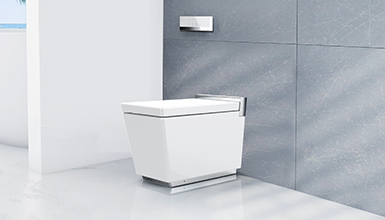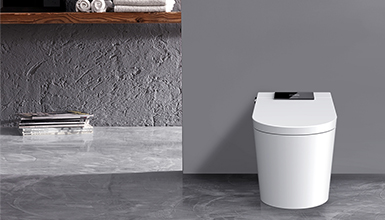When it comes to the comparison between electric toilets and regular toilets, one of the key concerns for many consumers is the noise level. The perception of noise can significantly impact the user experience, especially in residential settings where peace is highly valued.
Understanding Electric Toilets
Electric toilets, often referred to as smart toilets or high-efficiency toilets, incorporate advanced technologies to enhance user comfort and hygiene. These features can include automatic flushing, heated seats, bidet functions, and self-cleaning mechanisms. While these features offer significant advantages in terms of convenience and cleanliness, they also introduce additional components that can potentially generate noise.

Noise Levels of Electric Toilets
The noise levels of electric toilets can vary depending on the specific model and the technologies employed. For instance, pressure-assisted flushing systems, which use compressed air to enhance the flushing power, are known to be louder than traditional gravity-fed systems. These toilets can produce noise levels above 30 decibels (dB), which is considered relatively loud for a bathroom setting. However, advancements in quiet-flush technology have reduced noise levels by up to 30% in recent years.
Comparison with Regular Toilets
Regular toilets, which typically rely on gravity-fed flushing mechanisms, are generally quieter than their electric counterparts. Gravity-fed toilets use the weight of water to clear waste, resulting in a more subdued flushing sound. The noise level of a regular toilet is usually below 30 dB, making it a more suitable option for bathrooms located near sleeping or working areas.
Factors Influencing Noise Levels
Several factors can influence the noise levels of both electric and regular toilets. For electric toilets, the type of flushing mechanism and the quality of the components play a crucial role. High-end models with advanced noise-reduction technologies can operate more quietly than basic models. Additionally, the installation quality and the maintenance of the toilet can also affect noise levels. Proper calibration of pressure-assisted systems and regular checks for leaks or malfunctions can help minimize noise.
For regular toilets, the design and materials used can impact the noise level. Some modern gravity-fed toilets are designed with noise reduction in mind, incorporating features such as sound-absorbing materials or optimized water flow patterns. However, these features are less common than in electric toilets.
User Experience and Preferences
The user experience is a critical consideration when comparing electric and regular toilets. While electric toilets offer enhanced comfort and hygiene features, the noise they generate can be a drawback for some users. On the other hand, regular toilets provide a simpler, quieter experience but may lack the advanced functionalities of electric toilets.
Electric toilets do tend to be noisier than regular toilets, primarily due to their advanced flushing mechanisms and additional features. However, advancements in technology have led to significant improvements in noise reduction for electric toilets. The choice between an electric toilet and a regular toilet ultimately depends on individual preferences and priorities. For those who prioritize comfort and hygiene, the benefits of an electric toilet may outweigh the noise considerations. Conversely, for those who value a quiet bathroom environment, a regular toilet may be the more suitable option. Understanding the noise levels and features of different toilet types can help consumers make informed decisions that meet their needs and preferences.

 English
English 中文简体
中文简体 русский
русский Français
Français Español
Español عربى
عربى Türk
Türk













